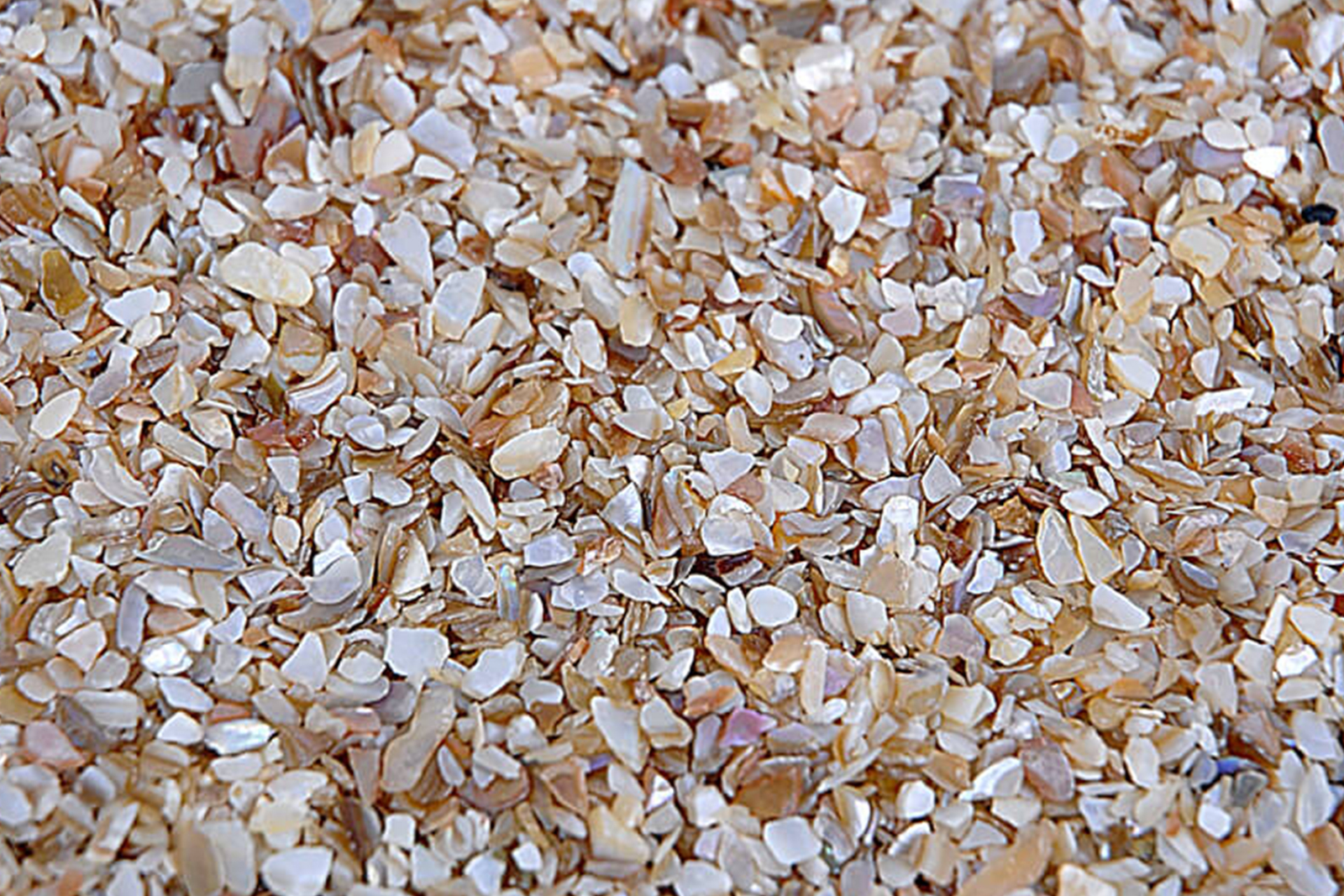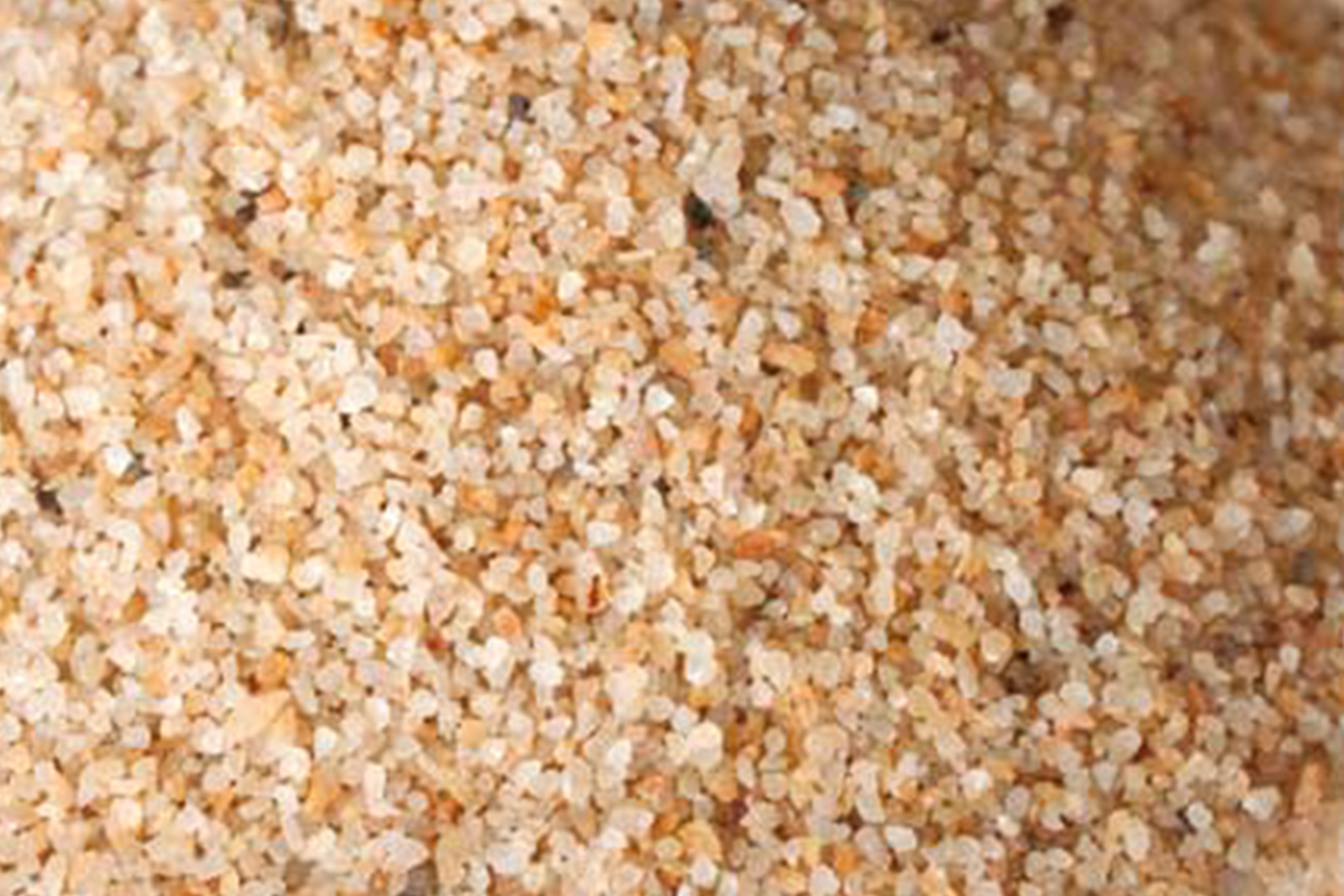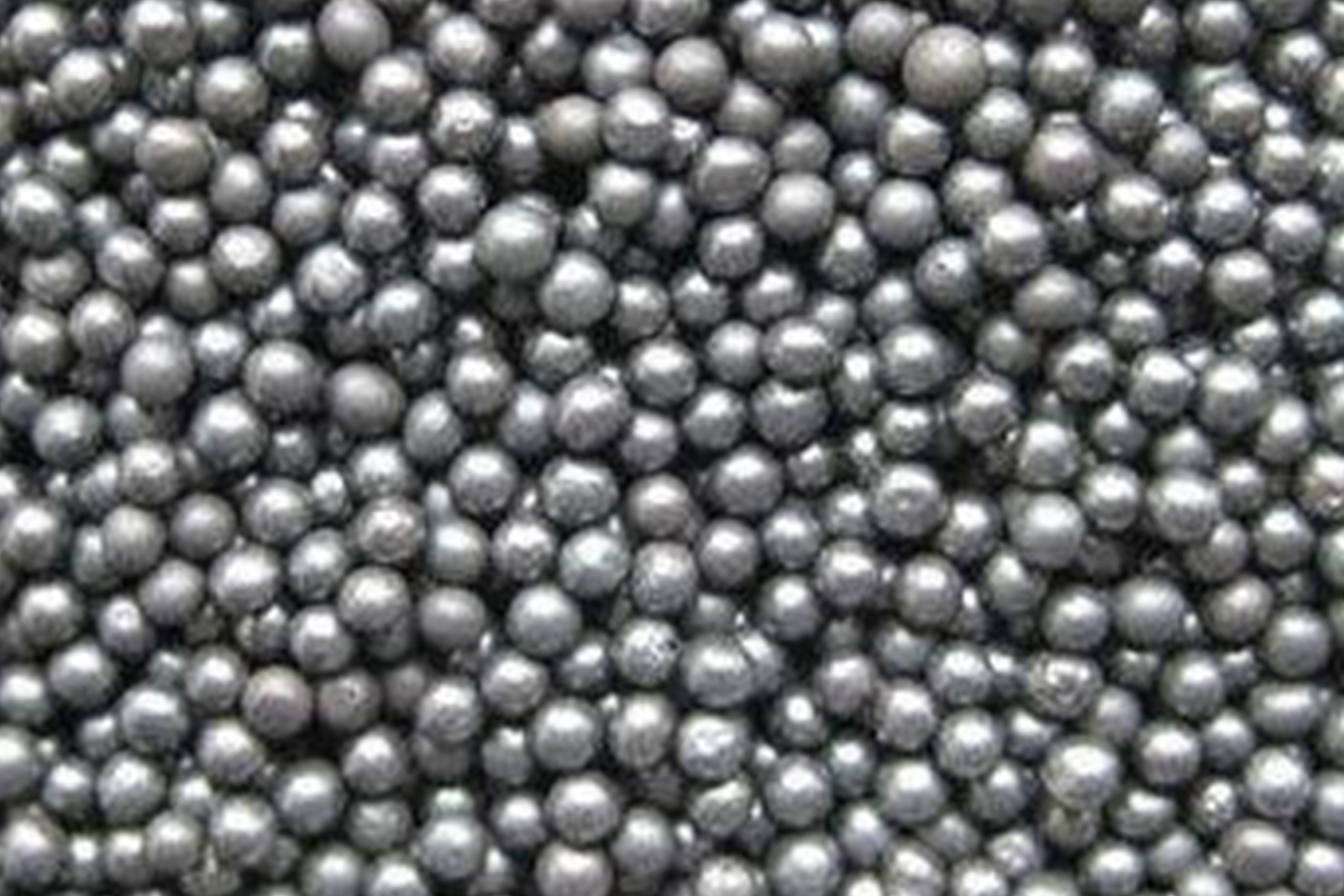What are the Differences Between Blasting Media?
Since the use of silica sand has been banned from numerous countries, the operation of 'sandblasting' has evolved with a large variety of abrasive blasting media being used to accomplish a wide spectrum of blasting tasks. The shape, size and material of the abrasive used is often dependent upon the shape of the structure being blasted, its base material and the tasks which it performs.
Abrasive is typically sized or graded using a series of mesh sieves with specific percentage ranges for each screen dependent upon grit size.
Shot is small round balls, typically made of steel, that produce a duller finish than grit which are small angular parcticles of steel. The brightness of the blasted surface is not an indication of a variation in cleanliness but merely a result of the difference in the shape of the profile achieved by a rounded abrasive versus an angular abrasive; hence its reflectivity.
The peak height and peak count of the profile achieved will be similar for similar sizes of abrasive particles, irrespective of their shape.
Many tasks can be accomplished through sandblasting, such as stripping of paint and other coatings, cleaning and descaling, de-rusting, de-burring, etching or texturising.
Reusable media is generally used for "closed circuit" blasting such as blast cabinets or blast chambers. Here the media is collected, optionally graded and re-used. Eventually, the media is worn to a size that is not usable in the process and is replaced.
Typical Media Types Include:
|
|
Garnet Has replaced silica sand and is a natural silicate mineral, consisting of a combination of Almandite and Pyrope, which is mined from igneous mineral deposits or in concentrated pockets of alluvial deposits of old riverbeds. Although typically more expensive than sand, it creates much less dust and therefore presents less of a safety hazard. |
 |
Agricultural Typically crushed nut shells or fruit kernels, these soft abrasives are used to avoid damaging the underlying material, such as when cleaning brick or stone, removing graffiti or the removal of coatings from printed circuit boards before being repaired. |
 |
Synthetic This category includes corn/wheat starch, sodium bicarbonate and dry ice. These “soft” abrasives are used in similar situations to the agricultural media, where it is important not to damage the substrate. |
 |
Sponge Shot impregnated sponge particles are used when there is a requirement for minimising dust levels. This relatively clean blasting method is ideal for enclosed areas such as ballast tanks, as the sponge “collects” much of the debris created by the shot impacting on the surface. |
 |
Mineral Silica sand was the most commonly used type of mineral abrasive, however, it has been linked to the disease silicosis and has subsequently been banned in many parts of the world. |
 |
Metallic Typical metallic media includes: steel shot, steel grit, stainless steel shot, cut wire, copper shot, aluminium shot and zinc shot. |
The choice of sandblasting media can significantly iinfluence the profiles achieved. This is discussed in a further technical article which can be accessed by clicking here.


